Light as Perceptual Knowledge: Between Measurement and Sensory Awareness
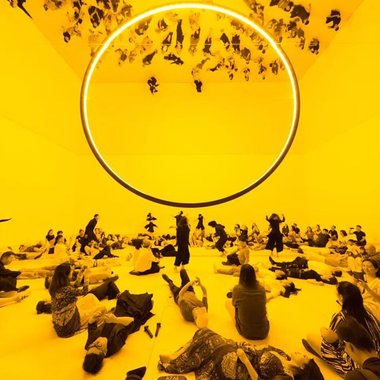
Light is simultaneously an object of measurement and an occasion for experience.
In architectural design, as in art and science, it defines the threshold between physical reality and perception, between the objective and the lived.
Every place and surface exist only in the relationship that light establishes with them and with those who observe them.
Quantity and Quality: Two Faces of the Same Matter
The Betanit sun and sky simulators — Lobelia, Lobelia 8 Channels and Orchard — transform this complex relationship into a controlled research field.
For example, with Lobelia 8 Channels, by adjusting the spectrum inside the mirror box, it is possible to study quantitative parameters (illuminance “lux”, Daylight Factor, spectrum) while at the same time exploring the perceptual variations generated by these parameters.
Mechanical and photometric precision thus merge with perceptual sensitivity, forming a laboratory where measurement becomes a cognitive experiment.
The Technique Behind Beauty
From Leonardo da Vinci’s investigations to contemporary experimentation, the wonder of light has always arisen from technical research.
Leonardo studied reflections and the blending of projected colors — optical intuitions that anticipated future scientific models of the spectrum.
Today, artists like Olafur Eliasson employ the precision of light physics to create new perceptual experiences, studying light’s effects on human beings with the aim of stimulating emotions and reflections on our relationship with environment, art, and architecture — preserving subjectivity against uniformity, following the idea of seeing yourself sensing.
His works on the visible spectrum and monochromy stage the awareness that perception itself is a relative construction: Who decides what is real?
In works such as Room for one colour (1997), the artist uses mono-frequency yellow lamps that cancel color perception, turning the world into monochrome.
“The experience of being in a monochrome space varies from person to person, but it always brings with it the awareness that human vision is not objective: perceiving yellow light as the only visual reference forces us to acknowledge the existence of a filter and, with it, the relativity of our way of seeing.”
— Olafur Eliasson
We tend to take light for granted, as if it were an immutable entity.
By manipulating it, Eliasson reminds us that light constructs the reality we inhabit, and that this reality is far more fragile and illusory than we might think.
Perception as World Construction
Neuroscience confirms this perceptual relativity: the brain does not record light neutrally but continuously reprocesses signals to maintain a coherent interpretation of reality.
This explains, for example, why we recognize a “yellow” banana even under bluish light.
Changing lighting conditions — as in a monochromatic environment — means recalibrating our perception, experiencing a different way of constructing the world.
Betanit simulators make it possible to observe such phenomena in a controlled way: how spectral variations affect material perception, how space morphology influences light behavior, how the brain tends to restore chromatic and spatial balance.
In this sense, our devices become tools of perceptual knowledge, capable of bridging the science of measurement with the science of experience.
Toward a New Culture of Light
Combining engineering rigor and phenomenological sensitivity, Betanit proposes an approach to light that is technical, aesthetic, and cognitive at once.
Designing with light does not only mean optimizing a photometric parameter, but understanding how humans perceive and interpret what they see.
Each simulator is an invitation to observe, verify, feel: to move from measured light to perceived light, and finally to thought light — the light that shapes our way of inhabiting the world.
Media
-
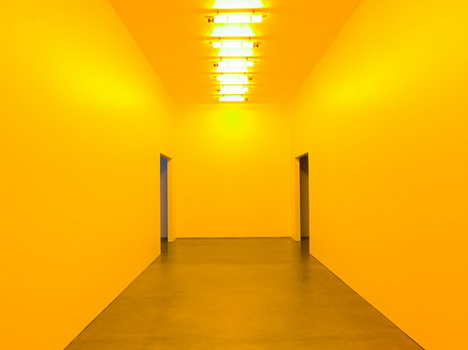 Monofrequency lights mounted to the ceiling of a white room emit a narrow range of yellow light, reducing visitors’ color perception to shades of yellow and black. The longer the visitors stay in the space, the more they begin to perceive subtle color distinctions and to correct for the yellowish lighting. Upon leaving,they momentarily perceive a bluish afterimage.
(24.8 KB).
Monofrequency lights mounted to the ceiling of a white room emit a narrow range of yellow light, reducing visitors’ color perception to shades of yellow and black. The longer the visitors stay in the space, the more they begin to perceive subtle color distinctions and to correct for the yellowish lighting. Upon leaving,they momentarily perceive a bluish afterimage.
(24.8 KB).
-
 “The rays, in truth, have no colour; within them there is only a certain power and disposition to evoke the sensation of a given colour.”
Isaac Newton
(191.9 KB).
“The rays, in truth, have no colour; within them there is only a certain power and disposition to evoke the sensation of a given colour.”
Isaac Newton
(191.9 KB).
-
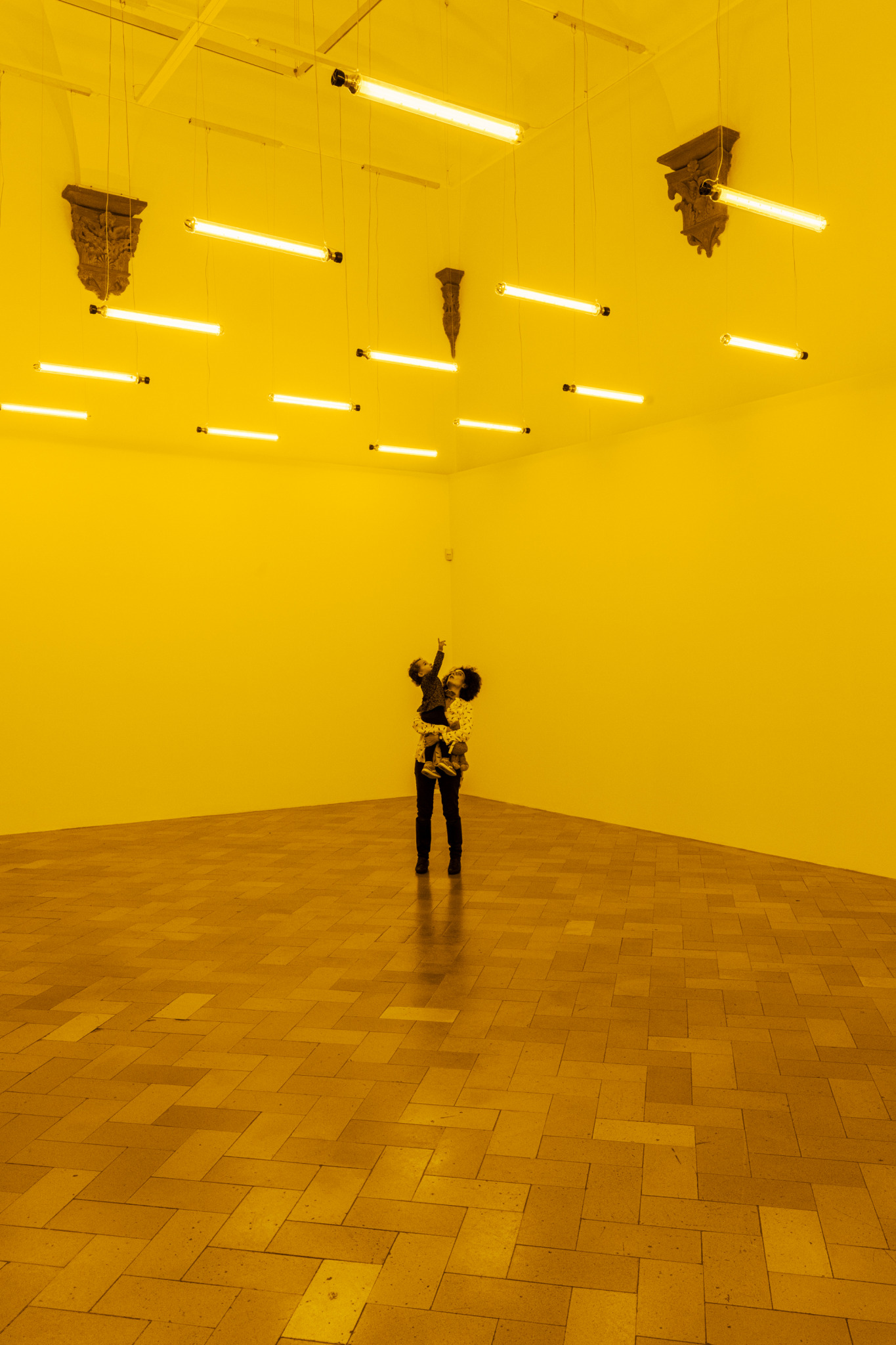 Monofrequency lights mounted to the ceiling of a white room emit a narrow range of yellow light, reducing visitors’ color perception to shades of yellow and black. The longer the visitors stay in the space, the more they begin to perceive subtle color distinctions and to correct for the yellowish lighting. Upon leaving,they momentarily perceive a bluish afterimage.
(541.8 KB).
Monofrequency lights mounted to the ceiling of a white room emit a narrow range of yellow light, reducing visitors’ color perception to shades of yellow and black. The longer the visitors stay in the space, the more they begin to perceive subtle color distinctions and to correct for the yellowish lighting. Upon leaving,they momentarily perceive a bluish afterimage.
(541.8 KB).
-
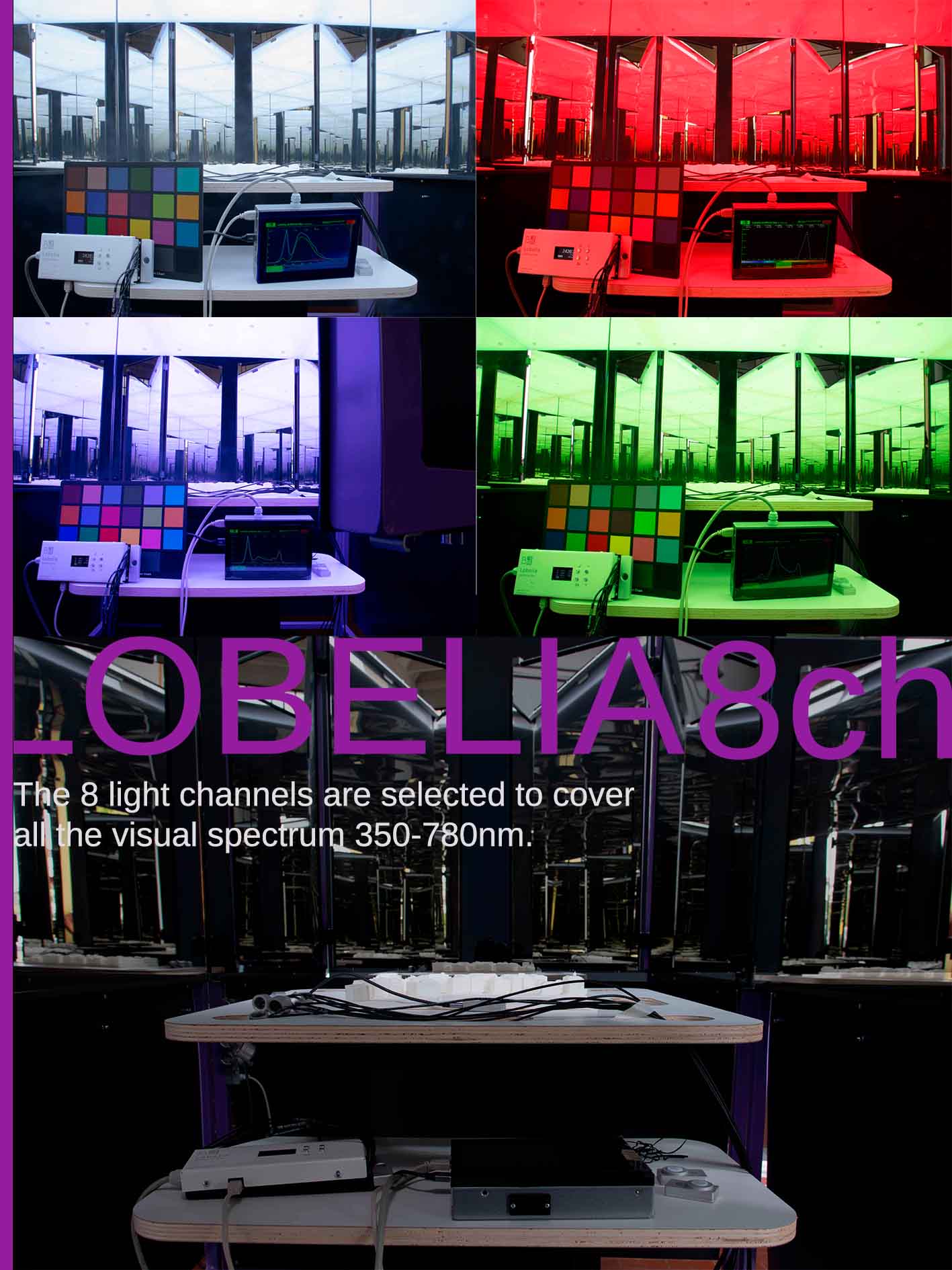 Artificial sky Mirror Box "Lobelia 8ch" by Beta nit
(171.0 KB).
Artificial sky Mirror Box "Lobelia 8ch" by Beta nit
(171.0 KB).
-
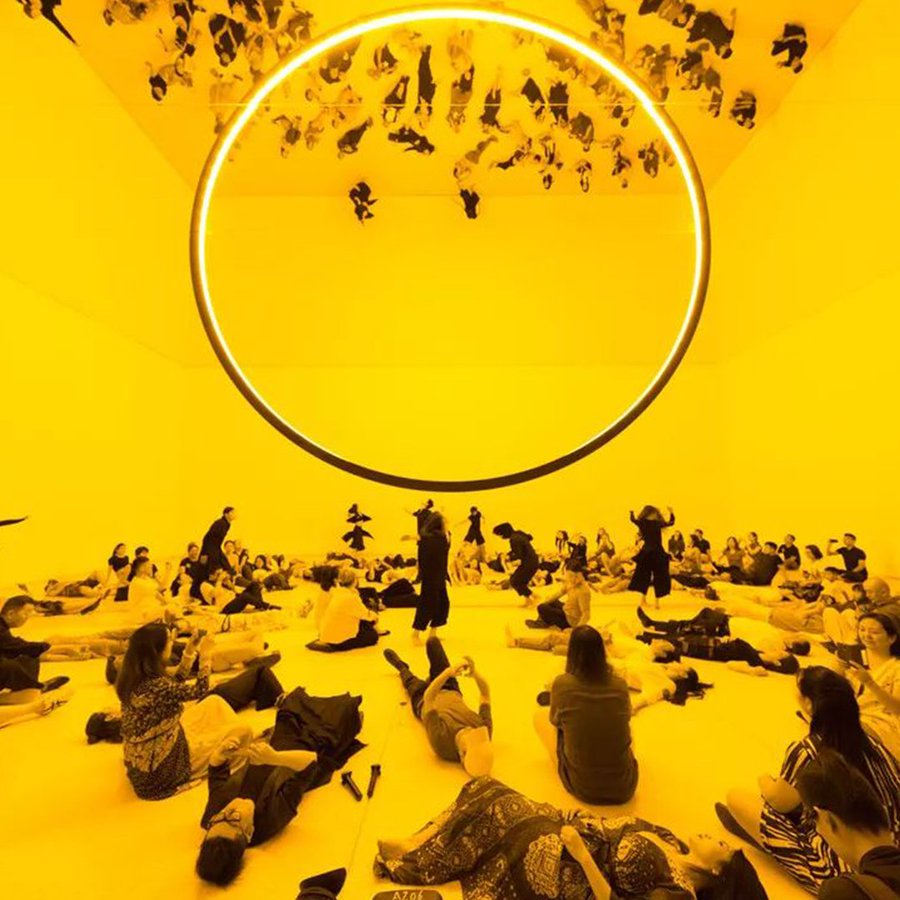 Monofrequency lights mounted to the ceiling of a white room emit a narrow range of yellow light, reducing visitors’ color perception to shades of yellow and black. The longer the visitors stay in the space, the more they begin to perceive subtle color distinctions and to correct for the yellowish lighting. Upon leaving,they momentarily perceive a bluish afterimage.
(117.3 KB).
Monofrequency lights mounted to the ceiling of a white room emit a narrow range of yellow light, reducing visitors’ color perception to shades of yellow and black. The longer the visitors stay in the space, the more they begin to perceive subtle color distinctions and to correct for the yellowish lighting. Upon leaving,they momentarily perceive a bluish afterimage.
(117.3 KB).
Contact
betanit.com
Phone: +39 0523 650217
email: info@betanit.com